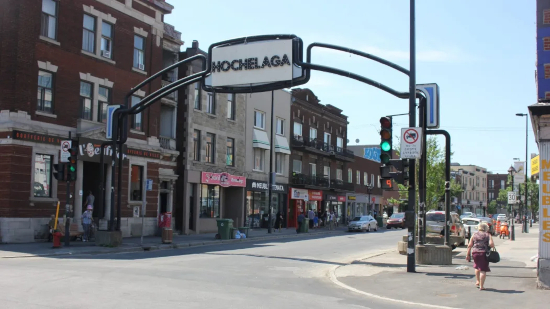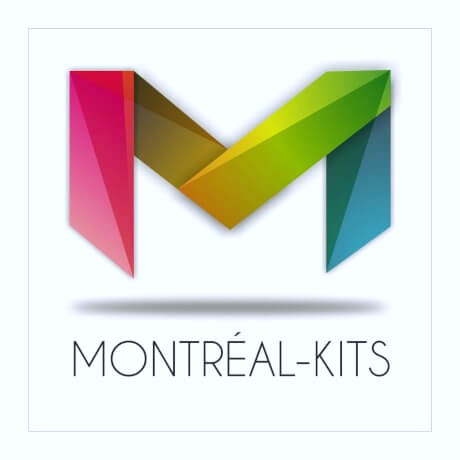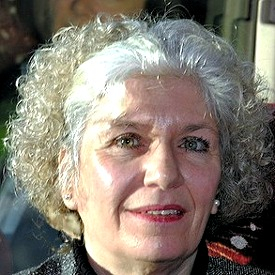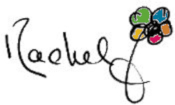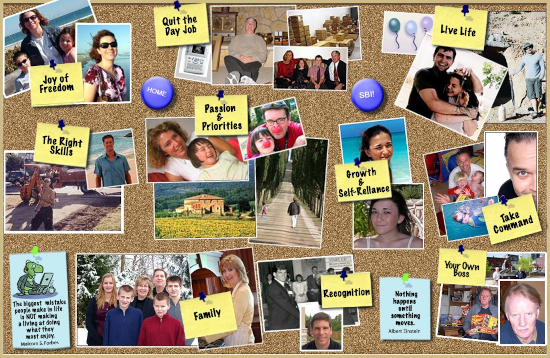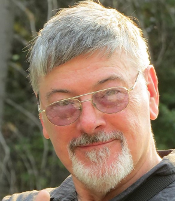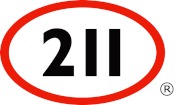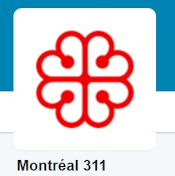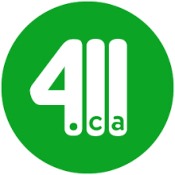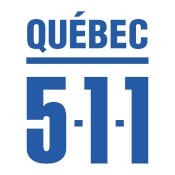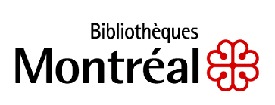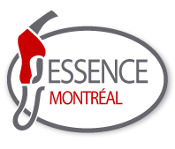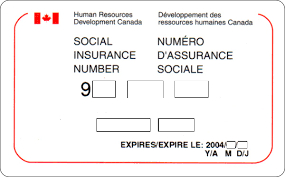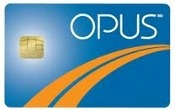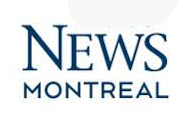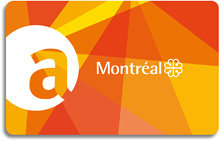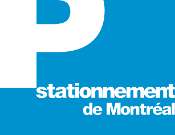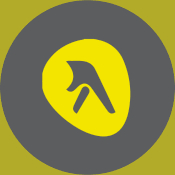Areas to Visit to Explore
CDN-NDG Area
Areas to visit to explore such as Côtes-des-Neiges and Notre-Dame-de-Grace - two neighborhoods, two areas both located west of the Mont-Royal, our popular and iconic landmark. Two areas with similar characteristics such as, they both are multi-ethnic, they both are English speaking and, they both are either middle or working class.
Côtes-des-Neiges is predominantly a working class more ethnically diverse than Notre-Dame-de-Grace. Its main attractions are the St-Joseph Oratory, the Notre-Dame-des-Neiges cemetery and the campus of the Université de Montréal.
West of the Mont-Royal, Notre-Dame-de-Grace was and still is in some parts, a middle-upper class neighborhood once known for the Decarie farms whose melons were popular throughout North America. An upscale residential development eventually changed the nature of the neighborhood and its main attraction is now the Monkland Avenue.
Chinatown Area
Montreal's Chinatown is relatively small but definitely popular, especially since the Quebec government recently designated Chinatown, its businesses and its buildings that date back to 1826 as the city's "first historical site" Quebec highest level of heritage protection.
A Montreal's Chinatown also recognized by the City of Montreal who "wish not only to protect and enhance our history, but also to highlight the contributions of the Chinese and the Asian communities to the historical and cultural wealth of our City".
Located in the Ville-Marie borough, Montreal's Chinatown is circled by four streets and by four (4) great doors donated by China. Streets such as St-Dominique to the East, René-Lévesque to the North, Viger to the South and Jeanne-Mance to the West. Four corners marked by four large ornate Paifang Gates.
Hochelaga-Maisonneuve Area
Hochelaga-Maisonneuve is home to the Olympic Stadium built in 1976 to accommodate the 1976 Summer Olympics, to our botanical garden officially called Space for Life corner of Sherbrooke and Pie IX and to the Maisonneuve Market on Ontario Street Easr.
Space for Life as in the Biodôme, the Biosphère, the Insectarium, the Botanical Garden and the Rio Tinto Alcan Planetarium where nature and science are honored.
As for the Maisonneuve market closed by the municipality in the 1960s, it resumed its activities as a farmers' market in 1980 and, in took another 15 years before it returned to its vocation as a public market in a new building where locally-grown food can now be bought.
Westmount Area
Areas to visit to explore such as the Westmount area, an upper class anglophone and/or English speaking municipality located on the island of Montreal on the south-west side of the Mount-Royal park, one if not the largest Montreal greenspace.
The area is surrounded by the city of Montreal with its downtown area to the east, the St-Henri district to the south and the Notre-Dame-de-Grace district to the west. Its main attractions are its many green spaces along with its rich and beautiful houses and mansions located in the vicinity of the Mount Royal Park.
 Photo: Unknown - Ville de Westmount
Photo: Unknown - Ville de WestmountSouth-West Area
The South-West area is a large district mostly residential with a few industrial areas. It includes districts and/or neighborhoods such as St-Henri, Little Burgundy, Griffintown (that preserved the character and the scale associated with its industrial past), Pointe-Saint-Charles, Verdun and a few others.
Neighborhoods that were once Montreal industrial districts as well as the Centre-Sud and the Lachine canal. Even though these district have known better days, there is still a lot to do and a lot to see such as the Lachine canal, the Atwater market and Notre-Dame street West.
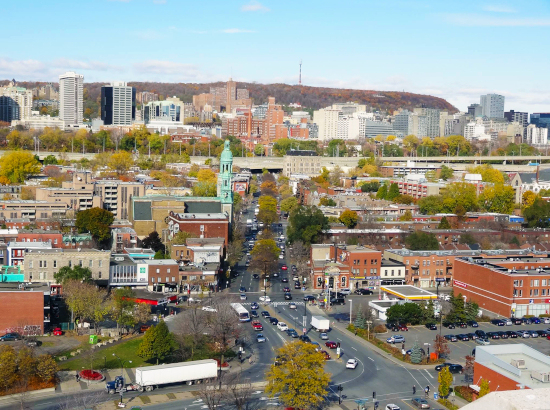 Photo: Wiki Voyage - Montreal South-West Area
Photo: Wiki Voyage - Montreal South-West AreaQuartier Latin Area
Montreal districts such as our Quartier Latin divided into four district, the Quartier Latin itself, the Red Light, the Gay Village and the Carré Saint-Louis. Four different areas, four different crowds and four different lifestyles.
The Quartier Latin in Paris dates back to the Middle Ages while the Quartier Latin in Montreal dates back to the 1920's and to the Université de Montréal when Latin was still the official language of the catholic Church.
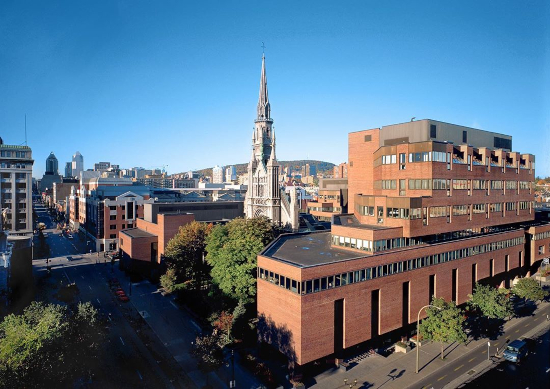 Photo: UQAM - Central Campus
Photo: UQAM - Central CampusIn the 1940's, 15 years after construction had begun, the Université de Montréal, a French-language institution with a wide range of disciplines moved from the Quartier Latin to a new campus on the north slope of the Mount Royal.
Old schools such as the Université de Montréal and the École Polytechnique have been relocated, but our Quartier Latin is still home to the CEGEP du Vieux-Montréal founded in 1968 and to the Université du Québec à Montréal (UQAM) founded in 1969.
A Quartier Latin and a campus on St-Denis between Ste-Catherine and Sherbrooke where the National Film Board of Canada, the Cinémathèque Québécoise, the Bibliothèque des archives nationales du Québec are close by and where many local bars, restaurants and cinemas are popular among college and university students.
Montreal KITS
Areas to Visit to Explore
Disclaimer Keep in Touch! Montreal Tourism
Privacy Policy Rachel Louise Barry Sitemap
Montreal Kits © All Rights Reserved 2018-2024
The information provided by Montreal Kits is informational only and has no legal value.









